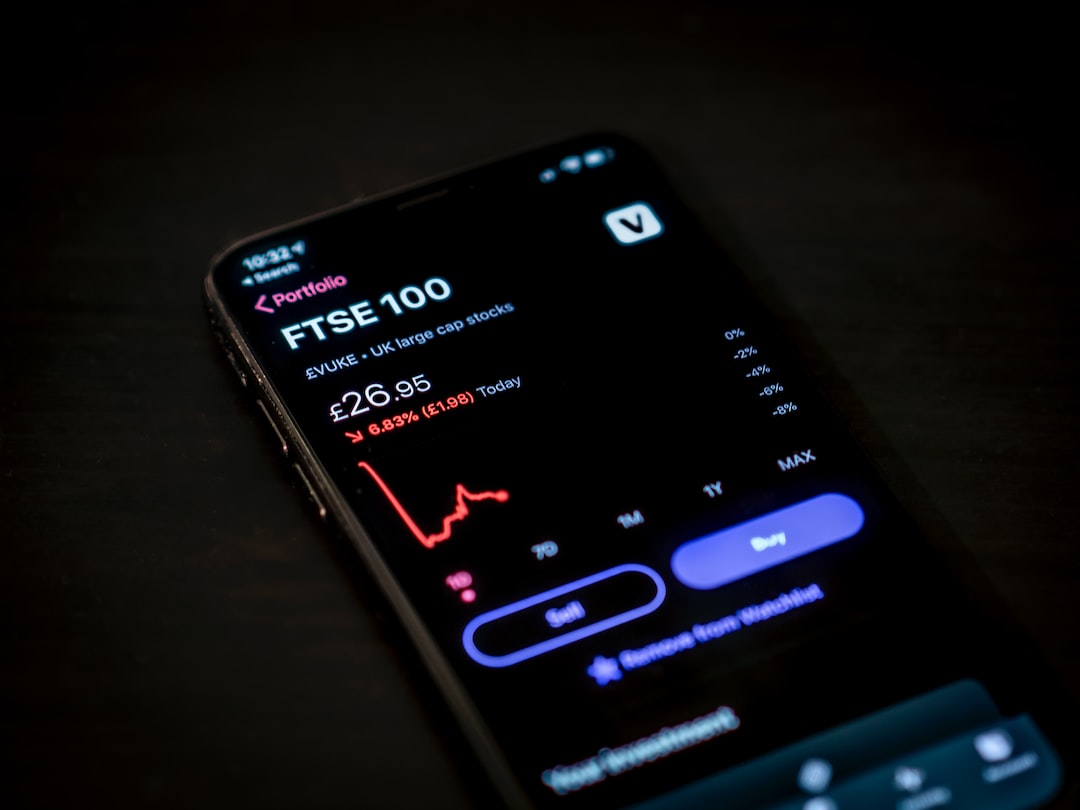As a forex trader, it is important to understand the tax implications of your trading activities. In most countries, forex trading is subject to taxation, and failure to comply with tax laws can result in penalties and fines. In this article, we will explain how to calculate forex trader taxes.
1. Determine Your Tax Residency Status
The first step in calculating your forex trader taxes is to determine your tax residency status. This is important because different tax laws apply to residents and non-residents. In most countries, your tax residency status is determined by your physical presence in the country, your immigration status, and your ties to the country.
If you are a resident for tax purposes, you will be subject to taxation on your worldwide income, including forex trading profits. If you are a non-resident, you may only be subject to taxation on your income from within the country, such as profits made from trading with a local broker.
2. Calculate Your Forex Trading Profits
Once you have determined your tax residency status, the next step is to calculate your forex trading profits. This involves subtracting your trading expenses from your trading revenues. Trading expenses may include brokerage fees, commissions, and other trading-related costs.
To calculate your forex trading profits, you can use the following formula:
Profit = (Trading Revenues – Trading Expenses) x Exchange Rate
For example, if you made $10,000 in trading revenues and incurred $2,000 in trading expenses, your profit would be $8,000. If the exchange rate at the time was 1.5, your profit in your local currency would be $12,000.
3. Determine Your Taxable Income
Once you have calculated your forex trading profits, the next step is to determine your taxable income. This will depend on the tax laws in your country, but in most cases, you will be allowed to deduct certain expenses from your trading profits before calculating your taxable income.
Some common deductions include:
– Depreciation of trading equipment
– Home office expenses
– Education and training expenses
– Interest paid on margin loans
To determine your taxable income, you can use the following formula:
Taxable Income = Trading Profits – Deductible Expenses
For example, if your trading profits were $8,000 and your deductible expenses were $1,000, your taxable income would be $7,000.
4. Determine Your Tax Rate
Once you have determined your taxable income, the next step is to determine your tax rate. This will depend on the tax laws in your country and your income level. In most countries, income tax rates are progressive, meaning that higher income earners are subject to higher tax rates.
To determine your tax rate, you can use the following formula:
Tax = Taxable Income x Tax Rate
For example, if your taxable income was $7,000 and your tax rate was 20%, your tax liability would be $1,400.
5. File Your Tax Return
Once you have calculated your tax liability, the final step is to file your tax return. This involves submitting your tax calculations to the tax authorities in your country and paying any tax owed.
In most countries, forex traders are required to file their taxes annually, although the deadlines and requirements may vary. It is important to keep accurate records of your trading activities and to seek professional advice if you are unsure about how to calculate your taxes.
In conclusion, calculating forex trader taxes can be a complex process, but it is important to comply with tax laws in order to avoid penalties and fines. By following the steps outlined in this article, you can calculate your forex trading profits, determine your taxable income, and calculate your tax liability. Remember to keep accurate records and seek professional advice if you are unsure about any aspect of your tax calculations.





